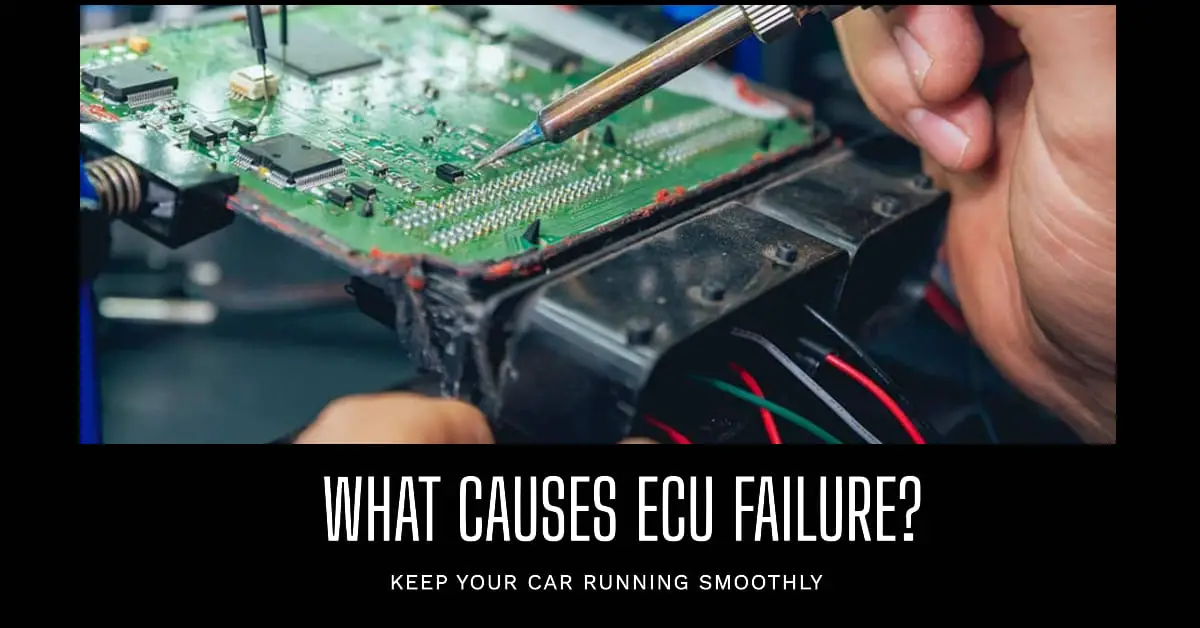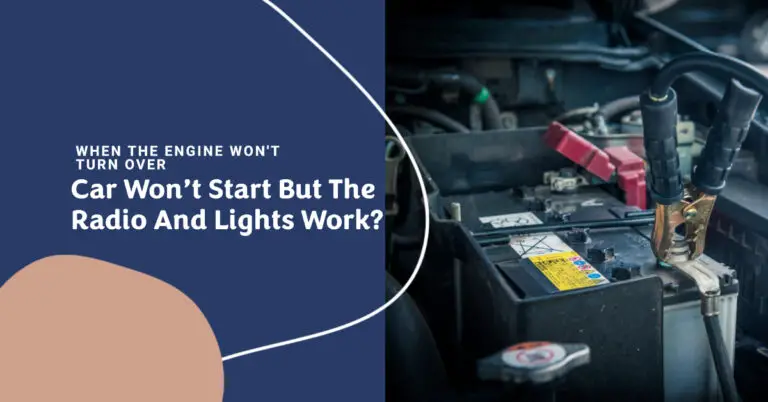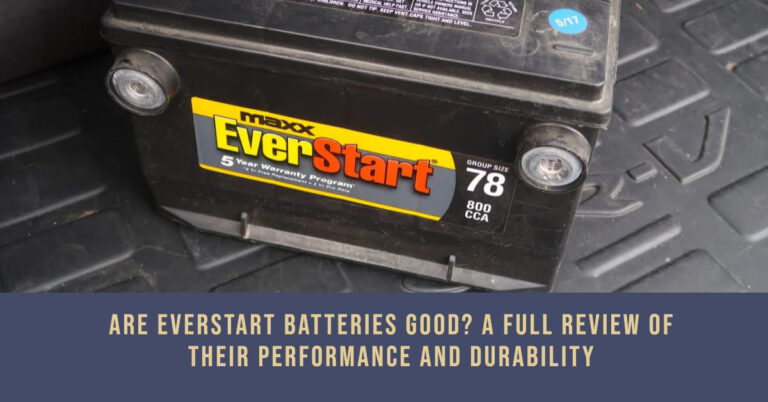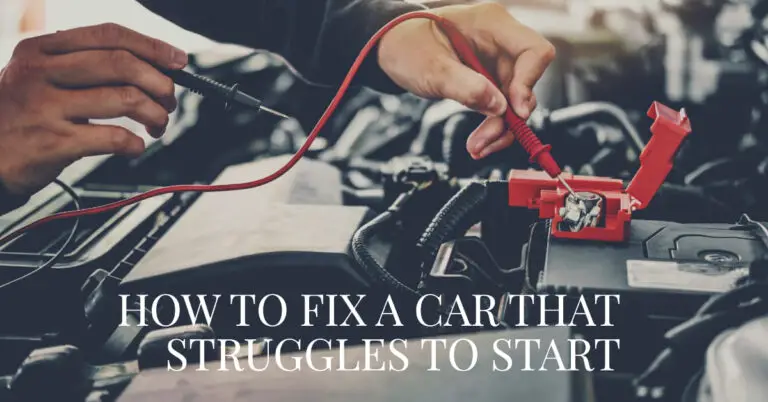What Causes ECU Failure? Explanation of Top 7 Culprits

ECUs. Engine Control Units. The complex computers that serve as the brains behind a vehicle’s engine performance.
Without a properly functioning ECU, a car’s engine cannot ignite, receive the right air/fuel mixture, or run all the myriad processes needed for smooth, optimal operation.
So what causes these critical components to fail?
We’ll delve into the top 7 most common reasons for ECU failure shortly. But first, let’s take a quick 101 look under the hood at what exactly ECUs do.
Table of Contents
A Brief ECU Explainer
The ECU, sometimes called the PCM (Powertrain Control Module) or ECM (Engine Control Module), serves as the central computer responsible for controlling all aspects of a vehicle’s engine and transmission.
Housed in a rugged, protective case, the ECU constantly monitors a multitude of vehicle sensor inputs related to:
- Engine speed (RPM)
- Throttle position
- Air intake volume
- Engine coolant temperature
- Oxygen sensor readings
- Knock sensor pinging detection
- Fuel trim levels
- Battery voltage
- And numerous others
Armed with this real-time sensor data, the ECU rapidly executes millions of calculations to make split-second adjustments to engine parameters like:
- Fuel injector pulse width and timing
- Spark plug firing timing
- Valve and camshaft timing
- Fuel pump pressure
- Idle control
- Transmission shifting
- And hundreds more
All to optimize performance, fuel economy, drivability, and emissions.
So in short, without a properly operating ECU, a vehicle’s engine simply cannot run correctly.
Now let’s examine the top 7 most prevalent causes of ECU electrical failures and malfunctions.
#1: Faulty Sensors
A huge part of an ECU’s job depends on receiving accurate data from the myriad sensors around the engine. These include:
- Mass Airflow Sensors: Measure the volume of air entering the engine to determine how much fuel needs to be added. Dirt or oil buildup on MAF sensors leads to incorrect readings.
- Oxygen Sensors: Monitor oxygen content in the exhaust to gauge fuel mixture. Exhaust leaks near oxygen sensors, bad connections, and wear alter sensor readings.
- Throttle Position Sensors: Track throttle plate angle to calculate air volume and engine load. Bad sensor connections or wear cause wrong values.
- Coolant/Engine Temperature Sensors: Measure engine operating temperature for adjustments to timing, fuel, and idle speed. Inaccurate readings from bad sensor connections or wear.
- Knock Sensors: Detect damaging engine knock/pinging so the ECU can retard timing. Malfunctioning knock sensors mean detonation goes unchecked.
If one or more of these sensors feeds erroneous data to the ECU, it cannot properly optimize the engine’s air-fuel mixture, timing, idle, and other parameters. What follows is poor drivability, performance loss, increased emissions, and ultimately ECU and engine damage in severe cases.
Replacing faulty sensors and cleaning connections helps restore proper communication between your engine and ECU.
#2: Blown Capacitors
Capacitors play several key roles in ECU operation:
- Helping “smooth” electrical current to remove spikes and noise
- Acting as short term batteries to fill in power gaps
- Filtering specific signals/frequencies
But capacitors can fail for a few reasons:
- Heat: The high temperatures around engines degrade capacitor electrolytes over time.
- Current fluctuations: Irregular power delivery stresses capacitors.
- Old age: Capacitors slowly degrade with use as components change properties.
When capacitors blow, electrical noise and current disruptions occur in the ECU circuitry leading to erratic operation or failure.
Identifying and replacing bulging, leaking, or cracked capacitors can often get an older ECU running properly again.
#3: Power Surges and Voltage Spikes
ECUs operate within strict voltage ranges, typically 5-16V for engine management electronics.
But suddenly slamming a fully discharged battery with 14V during a jump start or dealing with a bad alternator that spikes voltage can damage ECU components not designed for such high electrical surges.
Add to this things like accidents, lightning strikes, loose battery terminals, and faulty power connections, and you have a recipe for power spikes that can blow circuits inside an ECU.
The resulting electrical noise impedes signals and interrupts the ECU’s ability to communicate with sensors and engine components. Intermittent problems like stalling, rough running, no starts often ensue.
Installing power filters, replacing damaged wiring, and checking charging system components like the alternator helps mitigate harmful power spikes.
#4: Heat Damage
ECUs generate a fair bit of heat thanks to rapidly switching power transistors even during normal operation. Additional engine compartment heat only compounds matters.
This heat is dissipated through the metal ECU case out to the surrounding air, or in liquid-cooled applications, pumped via the engine coolant to the radiator.
But when cooling capacity is insufficient due to low coolant/airflow, or the ECU lacks adequate thermal protection, temperatures inside the unit can exceed safe limits.
Extended exposure to high heat degrades transistors, melts solder joints, causes insulation breakdown, and damages processor boards – resulting in ECU malfunction or failure.
Improving underhood cooling and ECU thermal protection helps prevent heat-induced problems.
#5: Incorrect Tuning and Programming
The programming coded inside an ECU’s processors is meticulously tailored by engineers to work in harmony with the exact engine and vehicle application.
But this programming is intentionally modifiable or “tunable” in some ECUs to alter parameters like:
- Ignition timing
- Fuel injector flow
- Boost pressure
- Shift points
- Rev limiters
- And more to increase performance
However, incorrect ECU tuning by inexperienced technicians is a common reason for eventual ECU problems and even catastrophic engine failure.
Excessive programming changes can:
- Exceed safe engineering margins for components
- Introduce software bugs and glitches
- Create timing/fueling conflicts
Sticking to mild, proven tunes or better yet, leaving programming to qualified shops pays off in far fewer ECU-related headaches down the road.
#6: Moisture and Corrosion
Despite their sealed cases, ECUs still face threats from water and moisture. A few examples:
- Flood damage – Any waters deep enough to submerge a vehicle can infiltration an ECU’s housing.
- Leaky windshield seals – Letting rainwater directly above the ECU drain down into the unit.
- Improper cleaning – Direct pressure washing that forces water past gaskets and seals.
- High humidity – Moisture in the air slowly penetrates the ECU casing over months of normal driving.
Water causes oxidation and corrosion of ECU circuit board traces, connectors, and components. Faulty signals, electrical noise, and shorts progressively develop.
Careful cleaning and drying a wet ECU right away, sealing any leaks, and addressing high underhood humidity all reduce moisture contamination problems.
#7: Software Glitches and Bugs
Any properly functioning ECU requires sound software code programmed into the processor chips within.
But software, like anything coded by humans, can have flaws and bugs that lead to operational problems.
Bad ECU software code can come from:
- The OEM – Production software not thoroughly debugged or tested before release.
- Performance tuners – Code modifications introduce new bugs or conflicts.
- Previous faulty repairs – Use of incorrect or buggy software from cheap aftermarket ECUs.
Software glitches manifest as weird one-off symptoms that come and go with no clear cause. Stalling, misfires, poor performance, and fault codes pointing everywhere often result.
Pinpointing and re-flashing corrected OEM or custom tuned software is key to eliminating pesky ECU firmware gremlins for good.
In Summary
A properly operating ECU is absolutely essential for optimizing engine operation and longevity. But as discussed above, ECUs have a number of common failure points:
- Faulty sensors providing inaccurate data
- Blown capacitors disrupting vital electrical functions
- Voltage spikes and surges outside safe parameters
- Sustained high heat degrading components
- Incorrect tuning and programming exceeding safe margins
- Moisture and corrosion impairing circuitry
- Software bugs introducing abnormal operation
Addressing any ECU problems promptly, whether DIY or by a professional shop, pays off in the long run with far fewer headaches from poor engine drivability, performance loss, and damaged components.







